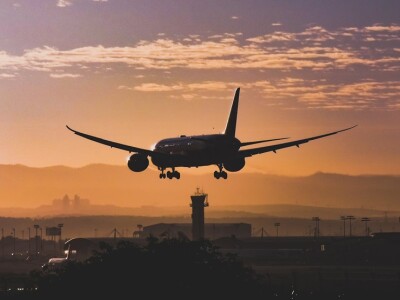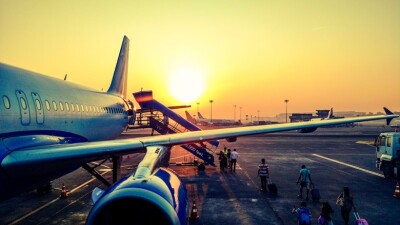On December 30 at approximately 2:00 PM, a helicopter collided with a drone southwest of the Daytona Beach Airport (KDBA) in Florida. This short but content-full sentence has so many implications that is easy to jump to conclusions way before we know anything about the accident except the headline.
To ease our discussion, let us list the two big assumptions that a typical reader might make when confronted with those 19 words:
- The helicopter was operating from the airport.
- The drone was at fault because drones near airports are forbidden.
Both are valid concerns, and both are wrong in this case. The helicopter was on a flight operating from a private helipad about one mile southwest of KDBA and the drone was flying under a Federal Aviation Administration (FAA) Certificate of Waiver or Authorization (COA).
Both pilots have valid FAA licenses, both aircraft are properly registered with the FAA, and both missions were conducted under FAA rules. This might be the first accident in which the National Transportation Safety Board (NTSB) will be confronted with the collision of crewed and uncrewed aviation under the umbrella of clear FAA rules.
(We have reached out to the NTSB and have received assurances that a seasoned inspector will be made available for an exclusive interview for Commercial UAV News about the challenges of investigating a midair collision between a piloted and a non-piloted aircraft. This interview and the issuing of the Preliminary Report, by the NTSB, will be the basis of Part 2 of this series.)
For starters, uncrewed Aerial Vehicles (UAVs) have enormous hardware and software differences with traditional aircraft, beginning with the fact that the largest drone manufacturer in the World, DJI, has installed a strict geofence policy in every drone they sell that prevents it from flying in the vicinity of airports.
This sole issue opens a Pandora’s Box in terms of the details of flying approvals and the potential unlock of this safety feature. Now the NTSB and all its accident inspectors will have to learn about this feature and the consequences it could have for their investigation.
So far, all we know is that the helicopter (N828AK) was flying a sightseeing tour with a pilot and two passengers on board, the drone was executing an autonomous photogrammetry flight in an area ½ mile southwest of KDBA over a private construction site, and the weather was clear. The collision occurred at 2:04 PM and the helicopter was able to land in its helipad without injuries to either passengers or pilot and it sustained moderate damage to one of the blades. The drone was presumably destroyed.
Normally the NTSB releases a Preliminary Report within a few days of the accident, so we don’t want to comment or elaborate too much further, but rest assured that this case will create precedent in NTSB investigations. Stay tuned for Part 2.















Comments